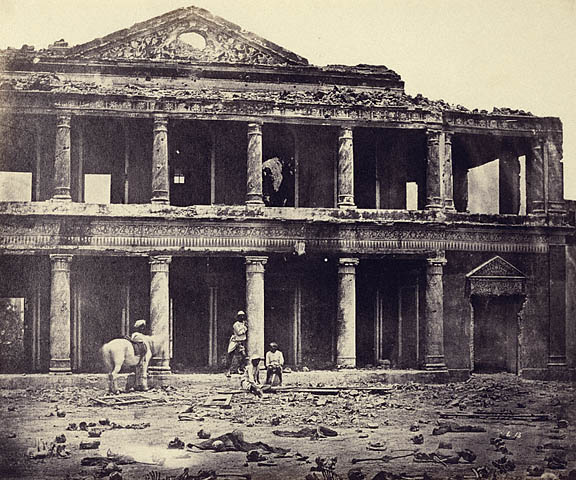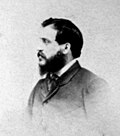پرونده:Image-Secundra Bagh after Indian Mutiny higher res.jpg
Image-Secundra_Bagh_after_Indian_Mutiny_higher_res.jpg (۵۷۶ × ۴۸۰ پیکسل، اندازهٔ پرونده: ۸۸ کیلوبایت، نوع MIME پرونده: image/jpeg)
تاریخچهٔ پرونده
روی تاریخ/زمانها کلیک کنید تا نسخهٔ مربوط به آن هنگام را ببینید.
| تاریخ/زمان | بندانگشتی | ابعاد | کاربر | توضیح | |
|---|---|---|---|---|---|
| کنونی | ۳ نوامبر ۲۰۰۶، ساعت ۱۹:۵۵ |  | ۵۷۶ در ۴۸۰ (۸۸ کیلوبایت) | Nauticashades | {{Information |Description=''Interior of the Secundra Bagh after the Slaughter of 2,000 Rebels by the 93rd Highlanders and 4th Punjab Regiment. First Attack of Sir Colin Campbell in November 1857, Lucknow.'' Albumen silver print, |
کاربرد پرونده
صفحهٔ زیر از این تصویر استفاده میکند:
کاربرد سراسری پرونده
ویکیهای دیگر زیر از این پرونده استفاده میکنند:
- کاربرد در ar.wikipedia.org
- کاربرد در arz.wikipedia.org
- کاربرد در ast.wikipedia.org
- کاربرد در azb.wikipedia.org
- کاربرد در ba.wikipedia.org
- کاربرد در ca.wikipedia.org
- کاربرد در en.wikipedia.org
- کاربرد در eo.wikipedia.org
- کاربرد در es.wikipedia.org
- کاربرد در fr.wikipedia.org
- کاربرد در fr.wikibooks.org
- کاربرد در gu.wikipedia.org
- کاربرد در he.wikipedia.org
- کاربرد در hi.wikipedia.org
- کاربرد در hy.wikipedia.org
- کاربرد در id.wikipedia.org
- کاربرد در it.wikipedia.org
- کاربرد در ja.wikipedia.org
- کاربرد در ko.wikipedia.org
- کاربرد در ml.wikipedia.org
- کاربرد در mr.wikipedia.org
- کاربرد در no.wikipedia.org
- کاربرد در ru.wikipedia.org
- کاربرد در si.wikipedia.org
- کاربرد در sq.wikipedia.org
- کاربرد در ta.wikipedia.org
- کاربرد در te.wikipedia.org
نمایش استفادههای سراسری از این پرونده.








